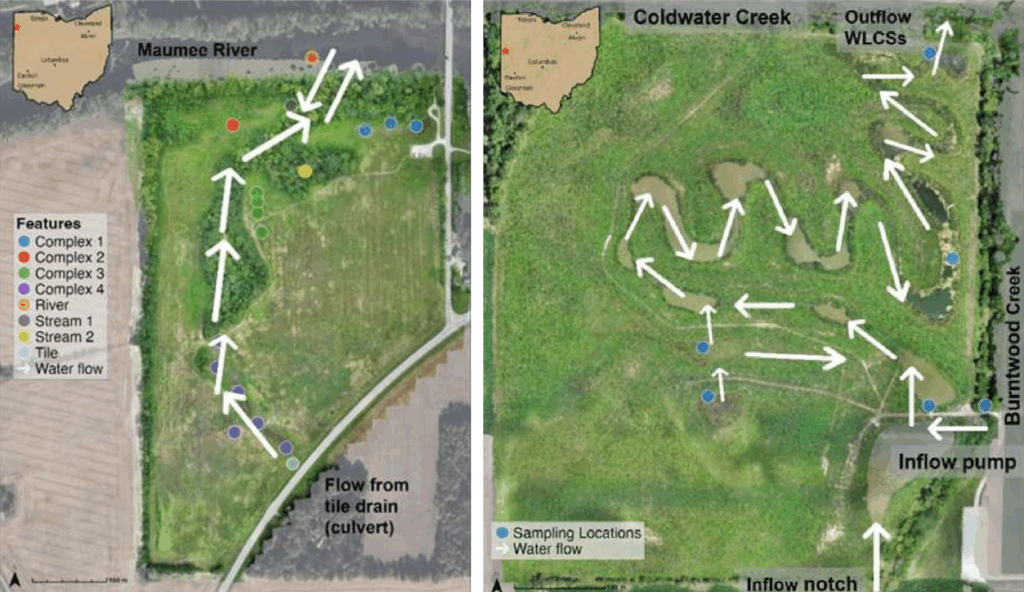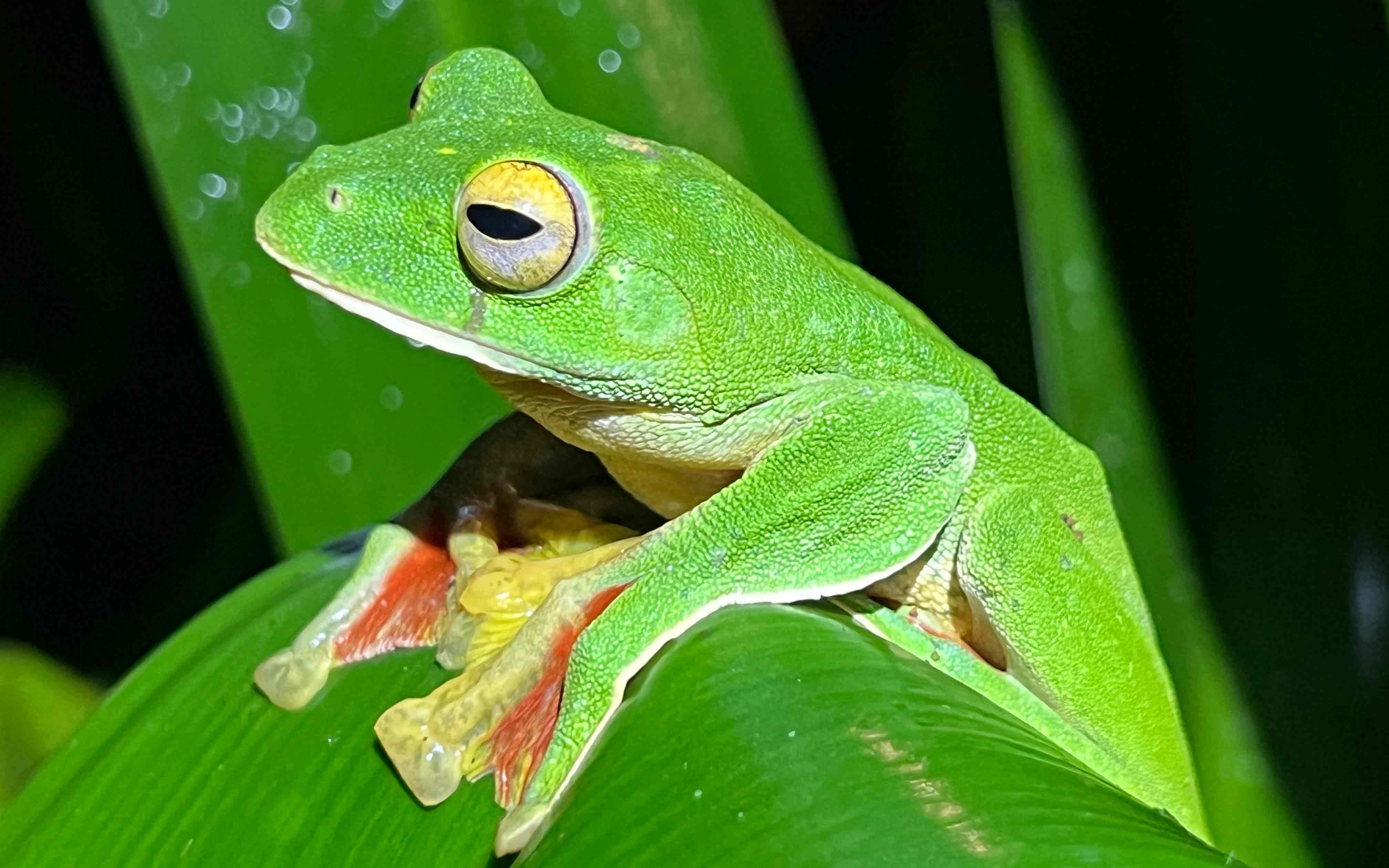IUCN Red List Update: Implications for Sustainable Development Goals
Report Summary
The latest update to the IUCN Red List of Threatened Species presents a mixed outlook on global biodiversity, directly impacting the assessment of progress towards the Sustainable Development Goals (SDGs). While numerous species, including Arctic seals and a significant portion of global bird populations, have moved closer to extinction, targeted conservation efforts have resulted in the improved status of 20 species. This report analyzes these changes through the lens of SDG 15 (Life on Land), SDG 14 (Life Below Water), and SDG 13 (Climate Action).
Progress Towards SDG 15: Life on Land
Successful conservation initiatives have led to the recovery of several terrestrial species, demonstrating tangible progress towards the targets of SDG 15, which aims to protect, restore, and promote the sustainable use of terrestrial ecosystems.
Case Study: Restoration of Endemic Birds on Rodrigues Island
The recovery of the Rodrigues warbler (Acrocephalus rodericanus) and Rodrigues fody (Foudia flavicans) exemplifies successful habitat restoration in line with SDG 15. These two species are the last remaining endemic birds on the island of Rodrigues.
- In the mid-20th century, both species were on the verge of extinction, with population estimates as low as five pairs for the fody and eight pairs for the warbler.
- Conservation efforts led by the Mauritian Wildlife Foundation focused on restoring native forest habitat.
- Current populations are now estimated at approximately 20,000 Rodrigues fodies and 25,000 Rodrigues warblers.
- Both species have been downlisted to Least Concern, a significant achievement for biodiversity conservation.
Case Study: Invasive Species Management and the Guadalupe Junco
The improved status of the Guadalupe junco (Junco insularis) from Endangered to Vulnerable highlights the critical importance of managing invasive alien species, a key target of SDG 15. The bird’s population declined dramatically due to habitat destruction by feral goats introduced in the 19th century. A successful eradication program in 2007 allowed for the recovery of the native cypress forests and, consequently, the junco population.
Other Terrestrial Species Recoveries
Further progress contributing to SDG 15 includes the improved conservation status of the following species:
- Shark Bay bandicoot (Perameles bougainville)
- Land snail (Idiomela subplicata), reclassified from Critically Endangered to Vulnerable
- Twelve bird species in total, including the Lidth’s jay (Garrulus lidthi) and Okinawa robin (Larvivora namiyei)
Advances and Challenges for SDG 14: Life Below Water
The IUCN update also provides key indicators for SDG 14, which focuses on the conservation and sustainable use of oceans, seas, and marine resources.
Major Conservation Success: The Green Sea Turtle
A significant achievement for marine conservation is the reclassification of the green sea turtle (Chelonia mydas) from Endangered to Least Concern. This success underscores the effectiveness of long-term conservation strategies aimed at protecting marine life.
Improvements in Marine Species Status
Positive developments were also recorded for several other marine species, contributing to the goals of SDG 14:
- Sea Snails: Conus felitae and Conus regonae moved from Vulnerable to Least Concern.
- Fish: The roman seabream (Chrysoblephus laticeps), seventy-four seabream (Polysteganus undulosus), and Argyrozona argyrozona all moved to a lower threat status.
The Overarching Impact of SDG 13: Climate Action
The report underscores the interconnectedness of the SDGs, revealing how challenges related to SDG 13 (Climate Action) can undermine progress in other areas. The increasing threat to three species of Arctic seals is directly linked to climate change and the loss of sea ice. This development demonstrates that without decisive climate action, biodiversity goals under SDG 14 and SDG 15 will become increasingly difficult to achieve. The overall decline of more than half of all bird species globally further signals widespread environmental pressures, including climate change, that threaten ecosystem stability.
Analysis of Sustainable Development Goals in the Article
1. Which SDGs are addressed or connected to the issues highlighted in the article?
The article primarily addresses issues related to two Sustainable Development Goals:
- SDG 15: Life on Land – This is the most prominent SDG in the article. The text focuses on the conservation of terrestrial and avian species, the threat of extinction, and the restoration of land-based habitats. It provides specific examples of birds like the Rodrigues warbler, Rodrigues fody, and Guadalupe junco, as well as a marsupial, the Shark Bay bandicoot, whose populations have recovered due to conservation efforts on land.
- SDG 14: Life Below Water – This SDG is also relevant as the article mentions the improved conservation status of several marine species. It highlights the reclassification of the green sea turtle from “endangered” to “least concern” and notes the recovery of two species of sea snails and three species of fish (roman seabream, seventy-four seabream, and a marine ray-finned fish).
2. What specific targets under those SDGs can be identified based on the article’s content?
Based on the conservation activities and outcomes described, the following specific targets can be identified:
- Target 15.5: Take urgent and significant action to reduce the degradation of natural habitats, halt the loss of biodiversity and, by 2020, protect and prevent the extinction of threatened species.
- Explanation: The entire article is a report on the status of threatened species. It explicitly discusses how conservation measures have moved 20 species “farther away from the threat of extinction.” The successful recovery of the Rodrigues warbler, Rodrigues fody, and Guadalupe junco from near-extinction directly relates to this target.
- Target 15.8: By 2020, introduce measures to prevent the introduction and significantly reduce the impact of invasive alien species on land and water ecosystems and control or eradicate the priority species.
- Explanation: The article provides a clear example of this target in action. It states that the Guadalupe junco declined dramatically after “feral goats, introduced in the 19th century, grazed and razed the cypress forests.” The recovery was made possible by a conservation program that “successfully removed all feral goats.”
- Target 15.1: By 2020, ensure the conservation, restoration and sustainable use of terrestrial and inland freshwater ecosystems and their services, in particular forests…
- Explanation: The article highlights habitat restoration as a key conservation strategy. For the Rodrigues birds, the Mauritian Wildlife Foundation “helped restore the birds’ native forest habitat.” For the Guadalupe junco, the removal of goats allowed the “cypress forests the birds relied upon” to recover.
- Target 14.2: By 2020, sustainably manage and protect marine and coastal ecosystems to avoid significant adverse impacts, including by strengthening their resilience, and take action for their restoration in order to achieve healthy and productive oceans.
- Explanation: The article’s mention of the improved status of the green sea turtle, two species of sea snails, and three species of fish implies successful protection and management actions within their marine ecosystems, contributing to this target.
3. Are there any indicators mentioned or implied in the article that can be used to measure progress towards the identified targets?
Yes, the article mentions and implies several indicators that align with the official SDG framework and are used to measure conservation progress:
- Indicator 15.5.1 (Red List Index): The article is based entirely on the “latest update of the IUCN Red List.” It uses the Red List categories (e.g., “critically endangered,” “endangered,” “vulnerable,” “least concern”) to quantify the changing risk of extinction for various species. The reclassification of the Guadalupe junco from “endangered” to “vulnerable” and the green sea turtle from “endangered” to “least concern” are direct examples of this indicator in use.
- Species Population Counts: The article provides specific quantitative data that serves as a direct indicator of recovery. For example, it contrasts the historical population of “five to six pairs of fodies” with the current population of “roughly 20,000 Rodrigues fodies,” clearly measuring the success of conservation efforts.
- Status of Invasive Alien Species: The article implies an indicator for Target 15.8 by reporting on the outcome of an eradication program. The statement that the program “successfully removed all feral goats” from Guadalupe Island serves as a measure of progress in controlling invasive species.
4. Summary Table of SDGs, Targets, and Indicators
| SDGs | Targets | Indicators |
|---|---|---|
| SDG 15: Life on Land | 15.5: Protect and prevent the extinction of threatened species. | IUCN Red List Status: The article uses Red List classifications (e.g., endangered, vulnerable, least concern) to report on the improved status of 20 species, including the Rodrigues warbler and Guadalupe junco. |
| SDG 15: Life on Land | 15.8: Control or eradicate invasive alien species. | Eradication of Invasive Species: The article mentions the successful removal of all “feral goats, introduced in the 19th century” on Guadalupe Island. |
| SDG 15: Life on Land | 15.1: Ensure the conservation and restoration of terrestrial ecosystems, particularly forests. | Habitat Restoration: The article notes the restoration of “native forest habitat” on Rodrigues and the recovery of “cypress forests” on Guadalupe Island. |
| SDG 14: Life Below Water | 14.2: Sustainably manage and protect marine and coastal ecosystems. | Improved Conservation Status of Marine Species: The article reports the reclassification of the green sea turtle from “endangered” to “least concern” and the improved status of sea snails and several fish species. |
Source: news.mongabay.com





